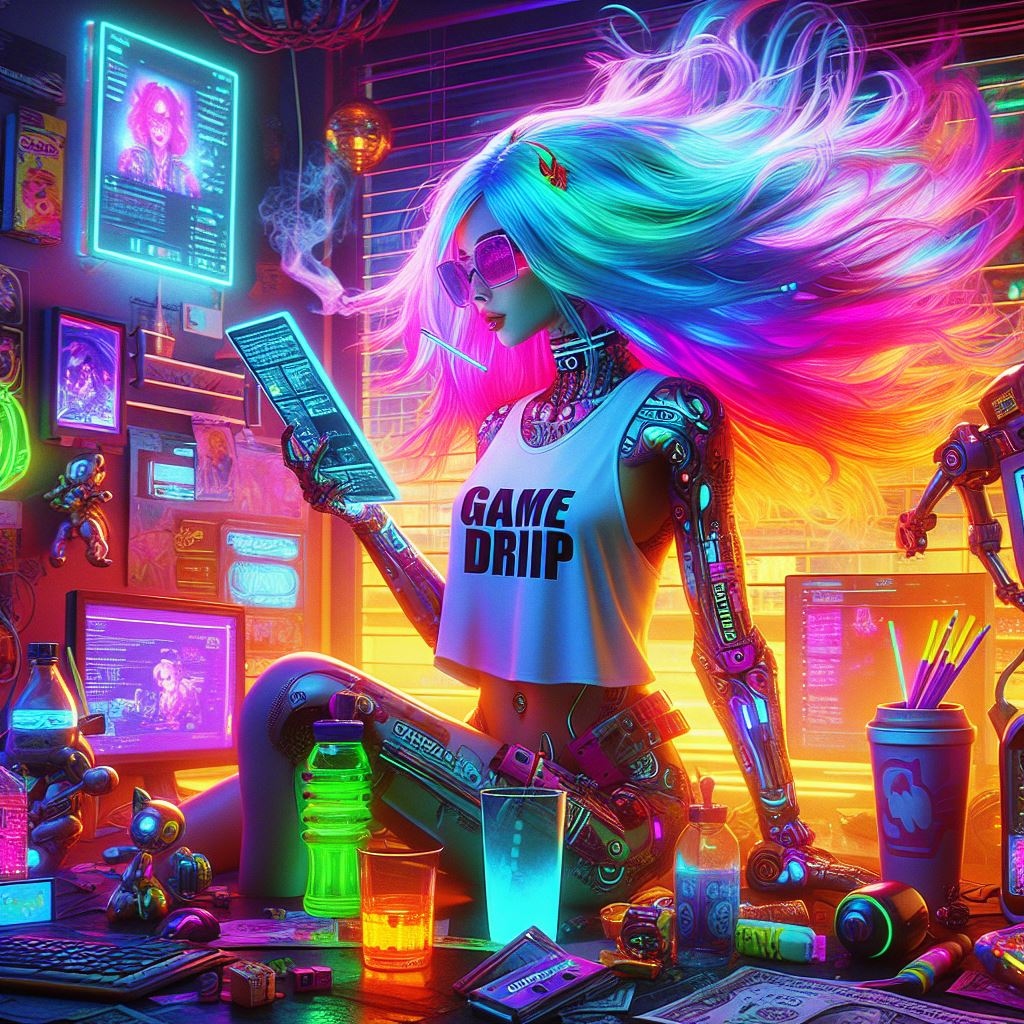As featured on Minecraft Servers Listing
#Overhauled #1.19.2 #Custom #terrain #magic
![Overhauled [1.19.2] (Custom terrain, magic and more)](https://game-drip.com/wp-content/uploads/img/gamedrip-news-latest-9784.jpg)
BLOCKS
The radius of a beacon’s area of effect is doubled.
Carpeted blocks
You can place carpets on stairs, slabs and many other non-solid blocks. In order to place a carpet, you have to sneak and place the carpet at the block that you want.
Climbable chains
You can climb up and down chains.
Fast leaf decay
Exactly what the title implies, leaves decay faster!
![Overhauled [1.19.2] (Custom terrain, magic and more)](https://game-drip.com/wp-content/uploads/img/gamedrip-news-latest-1477.jpg)
Fixed tripfire
Players can trigger tripwire hook blocks instead of just tripwires.
Hanging moss
Moss carpet blacked on other blocks looks like they’re hanging.
Colorable item frames
You can color your item frames by sneak right clicking on them with a dye. You clear the frame by breaking it or using a water bucket on it.
Movable cake
A cake will now drop itself when you break the cake block, and it will contain information about the number of slices left.
Paper bark
“Paper from reeds? Where are we, ancient Egypt?”
When stripping the bark from a log, there’s a 20% chance of it dropping paper.
![Overhauled [1.19.2] (Custom terrain, magic and more)](https://game-drip.com/wp-content/uploads/img/gamedrip-news-popular-7776.jpg)
Rope ladder
Sneaking and placing a ladder will continuously place ladders down in a chain; an easy way to get to the bottom of caves and ravines.
Shrieker tracker
Upon entering a deep dark biome or an ancient city, four diamonds are displayed in the player’s actionbar. A diamond will be filled when a shrieker has been triggered, indicating the player’s warning level accordingly. When four diamonds are filled, the player has reached the max warning level, and the warden will spawn.
Tree capitator
Chopping trees and getting wood is made much easier! If you cut a log block from a tree, all the logs above will drop as well.
Useful composter
If you put a composters on crops level and fill it, it will feed the crops in radius 4 like bone meal.
DIMENSIONS, BIOMES AND STRUCTURES
Since Mojang is hinting so heavily that there will be a new dimension, I decided to include a non-official version of it to Minecraft: Overhauled.
Improved birch forests
A new Wild Birch Forest biome. It has lots of foliage, and mushrooms growing from trees. The mushrooms can be harvested directly from the trees, and can also be crafted by combining two brown mushrooms.
There are ruins in the normal Birch Forest biome. They’re made mostly of mossy and normal variants of stone bricks and cobblestone, but you can also find there moss blocks and even tuff.
Improved end cities
End Cities have a new design.
Improved ocean ruins
Cold ocean ruins are replaced with more detailed custom ones.
Improved ruined portals
Tired of the old boring ruined portals? On Minecraft: Overhauled, those old boring things are replaced with more detailed ones.
Improved villages
Plains, taiga and desert villages are replaced with more detailed ones.
Improved woodland mansion
All parts of the woodland mansion are redone.
More dungeons
Fossils are replaced with custom dungeons. There are eight different dungeon desings and they all contain either guardian, vex or zombie spawner. The dungeons are little less common than fossils normally are to make it more balanced.
Overworld overhaul
Minecraft 1.18 brought a massive overhaul to world generation. Minecraft: Overhauled takes that overhaul and turns it up to eleven to provide a completely new experience. There are over 85 brand-new biomes as well as almost every vanilla biome are updated with new and improved features.
Caves have been overhauled as well. Minecraft: Overhauled’s underground is a place with as much variation as the overworld above.
Revamped Nether
The Nether is completely revamped. In total, there are 8 brand-new biomes and 10 new structures.
Taller trees
The base height of each type of birch, oak, and dark oak tree are increased by 2 or more blocks.
ITEMS
Compass, clock, map and lead displays extra information.
Compass: displays the player’s bearing
Clock: displays the current time in 24 hour format
Map: displays the player’s coordinates
Lead: displays the speed and jump height of the horse you’re riding
Mining helmet
You have no longer to worry about crafting 80 stacks of torches when you are going to mine. When you wear the Mining Helmet it will emit dynamic light. You can enchant the helmet and repair it with gold.
Recharging totem
When a totem of undying is used, instead of being removed from your inventory, it slowly recharges, visually indicated by the damage bar, and cannot be used again until it has fully recharged.
Totem of End-eyeing
A new totem that saves your items instead of your life. As long as this totem is somewhere in your inventory, all of your items will be sent to your ender chest upon death. To craft the totem of end-eyeing, combine a totem of undying with an eye of ender.
Wooden and stone tool variants
All the wood blocks got variations- doors, fences, etc., but the tools didn’t. Minecraft: Overhauled has unique textures to each of the wood and stone variants.
MOBS
Want feathers without all the animal murders? Chickens have a 10% chance of shedding a feather rather than laying an egg.
Dogs
Yes, Minecraft: Overhauled has dogs! You can get them by naming wolves as the name of the dog breed by using a name tag.
List of dog names: https://www.planetminecraft.com/texture-pack/the-doggos/
Easy breeding
Dropped items are able to breed animals, which allows for farm automation using dispensers, droppers, water streams, or really any method that puts the animals in physical contact with their food.
End phantom
The Phantom, one of the most hated mobs spawns only in the End Dimension, specifically in The Small End Islands. Be careful when you bridge over the void!
Firefly
Fireflies on swamp biomes, which can be caught in bottles for decoration. Not edible by frogs!
Sleepings mobs
Mobs sleep at night. Crouch down to not to wake up the wolves or the illagers.
PLAYER
“Hey Steve, can I borrow some cobble?” … “Steve?” … “Oh, he’s AFK.”
If you’re inactive for 5 minutes, a message is posted in the chat.
Crawling
You can crawl by looking down and pressing sneak. To stand up, press space or look up.
Fast travel
Minecraft: Overhauled utilizes amethysts. You can build fast travel points by making a 3×3 amethyst block platform with either copper, iron, gold, emerald, diamond or netherite block in the middle. The tier of the block in the center determines the time it takes for the fast travel point to channel.
To connect two fast travel points, the first one must be marked first. To do this, stand in the middle of an unconnected platform and hold an amethyst shard in your hand. Now you can go to the second activated unconnected platform and do the same as you did with the first.
To activate the platform, you must stand in the center of an activated connected fast travel point and hold an amethyst shard in your hand.
Mobs can be taken along by standing on the platform. However, this consume an additional amethyst shards.
A fast travel point can be renamed with a name tag. Its name is shown when a player travels to it.
If any block of the platform is removed, the fast travel point is destroyed. The connected platform will now also no longer work.
Heads
When a player deal the killing blow with a golden axe, it will drop its head.
Set home
You can teleport to your home with a simple command.
To set your home, type /trigger SetHome
To then teleport home, type /trigger TpHome
To remove your house, type /trigger RemoveHome
Skip night
The night is skipped if 20% of players online are sleeping.
RECIPES
Bells can be crafted from 3 planks, 4 sticks and 1 block of gold.
Cheapter rails
Crafting rails in mass is less expensive. You can craft more normal rails or activator rails or detector rails by combining one of them with a iron ingot. More powered rails can be crafted by combining a powered rail with a gold ingot.
Craftable chainmail armor
Tired of not being able to craft chainmail armor? Using the chains, found naturally in Bastion Remnants, you can craft chainmail armor!
Cheapter chains
Since the chainmail armor is craftable on Minecraft Plus, I figured the recipe for chains should be cheaper; three iron nuggets for eight chains.
Craftable horse items
Saddles and horse armors are craftable.
Extended blast furnace
The blast furnace has all the recipes a normal furnace has in 1.16. Like stone, glass, sandstone, terracotta, etc. Several recipes are added to the smoker instead – popped chorus fruit, green dye, lime dye.
Colorful cauldron
Bedrock’s cauldrons are ported into Java cauldron.
You can dye the water in cauldrons by drowing a dyes into them.
You can throw dyeable items into to a cauldron that is filled with colored water to change the color. Throwing multiple dyes into a cauldron, it will cause the color to mix together.
Dye bottles are cosmetic items that you can get by throwing a glass bottle into a dyed cauldron. They don’t contain any potion effect.
Washable wool
You can clean the color from carpets, wools, banners and beds by throwing them into a cauldron with water. The cauldron uses up one water level in the process.






![ZappyMC [SMP] – Dive Into Fun!](https://game-drip.com/wp-content/uploads/2024/04/gamedrip-news-best-2937.jpg)
![Sure! Here are a few suggestions:
Cinder SMP [Vanilla] – Join Now!
Cinder SMP [Vanilla] – Team Up!
Cinder SMP [Vanilla] – Play Today!
Cinder SMP [Vanilla] – Join Fun!
Let me know if you need more options!](https://game-drip.com/wp-content/uploads/2024/04/gamedrip-news-popular-1452.jpg)






![How about:
"Eclipse SMP [Whitelisted Java] 🌌"](https://game-drip.com/wp-content/uploads/2024/04/gamedrip-news-popular-716.jpg)






![Overhauled [1.19.2] (Custom terrain, magic and more)](https://game-drip.com/wp-content/uploads/img/gamedrip-news-popular-952.jpg)